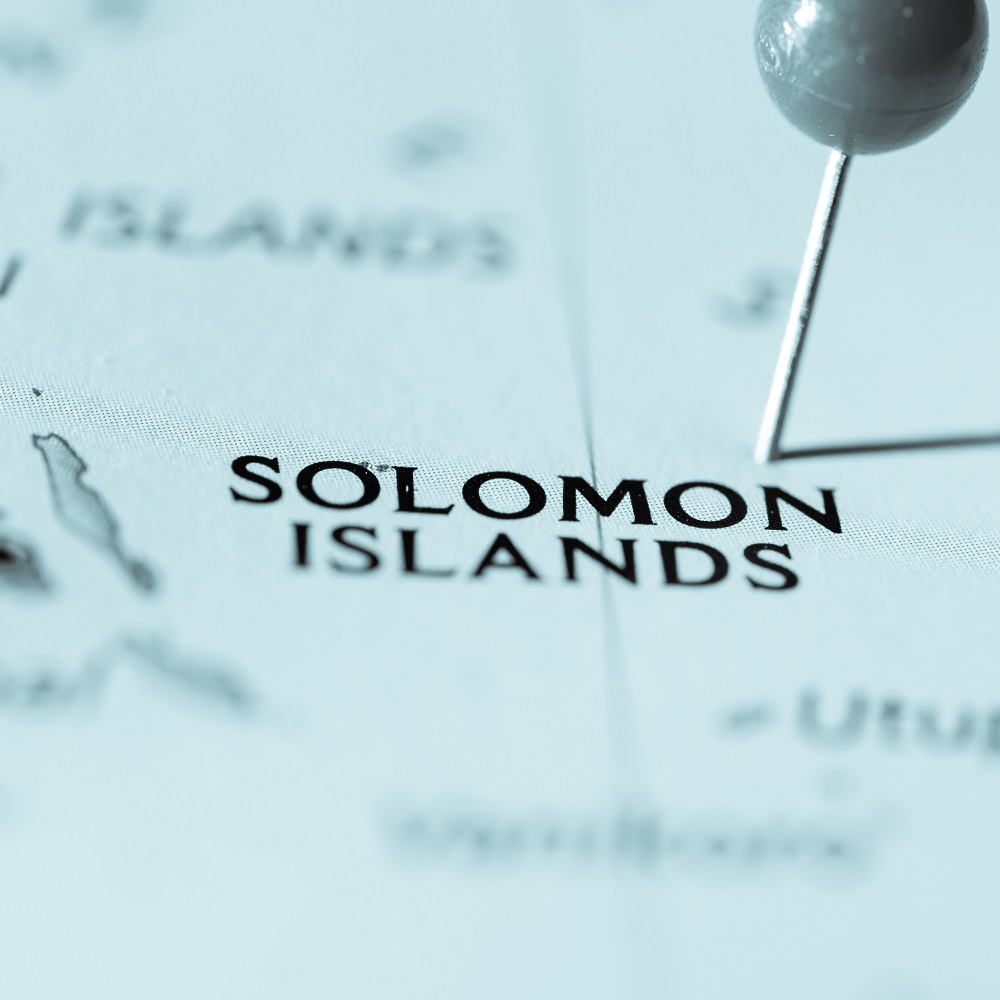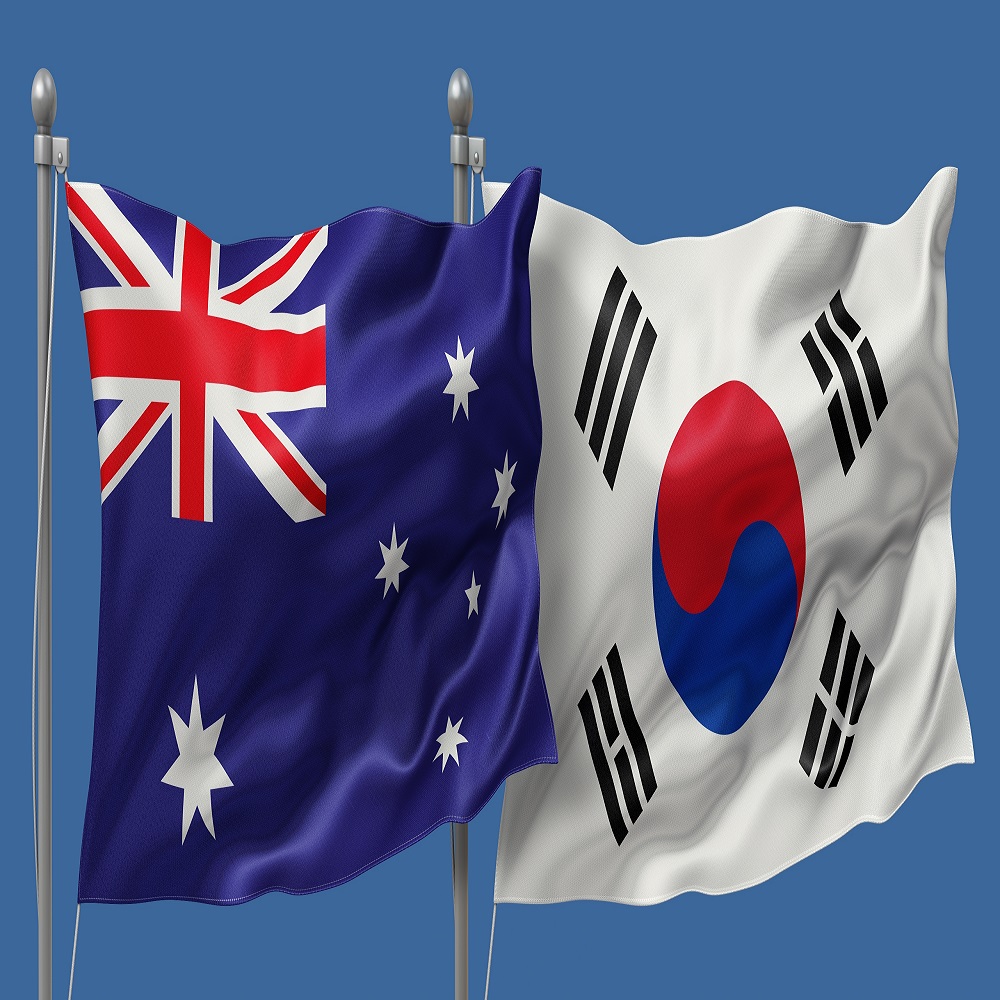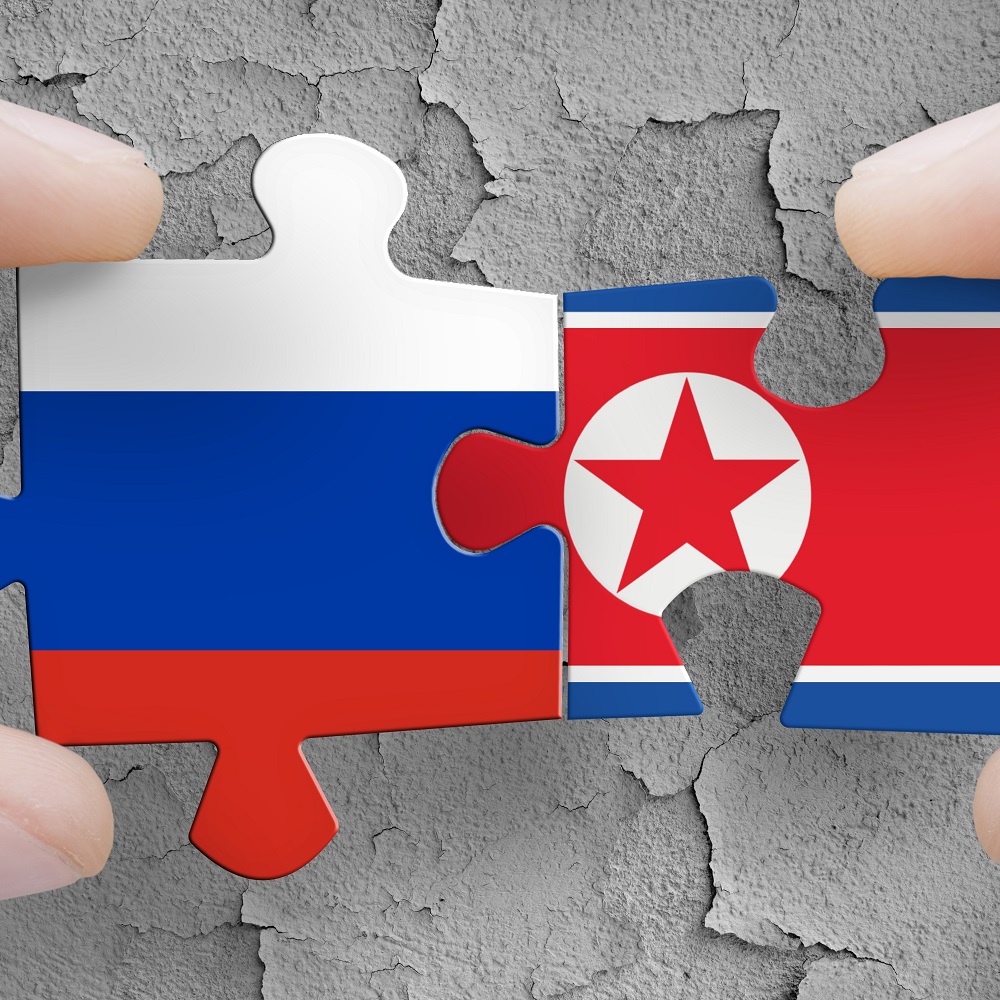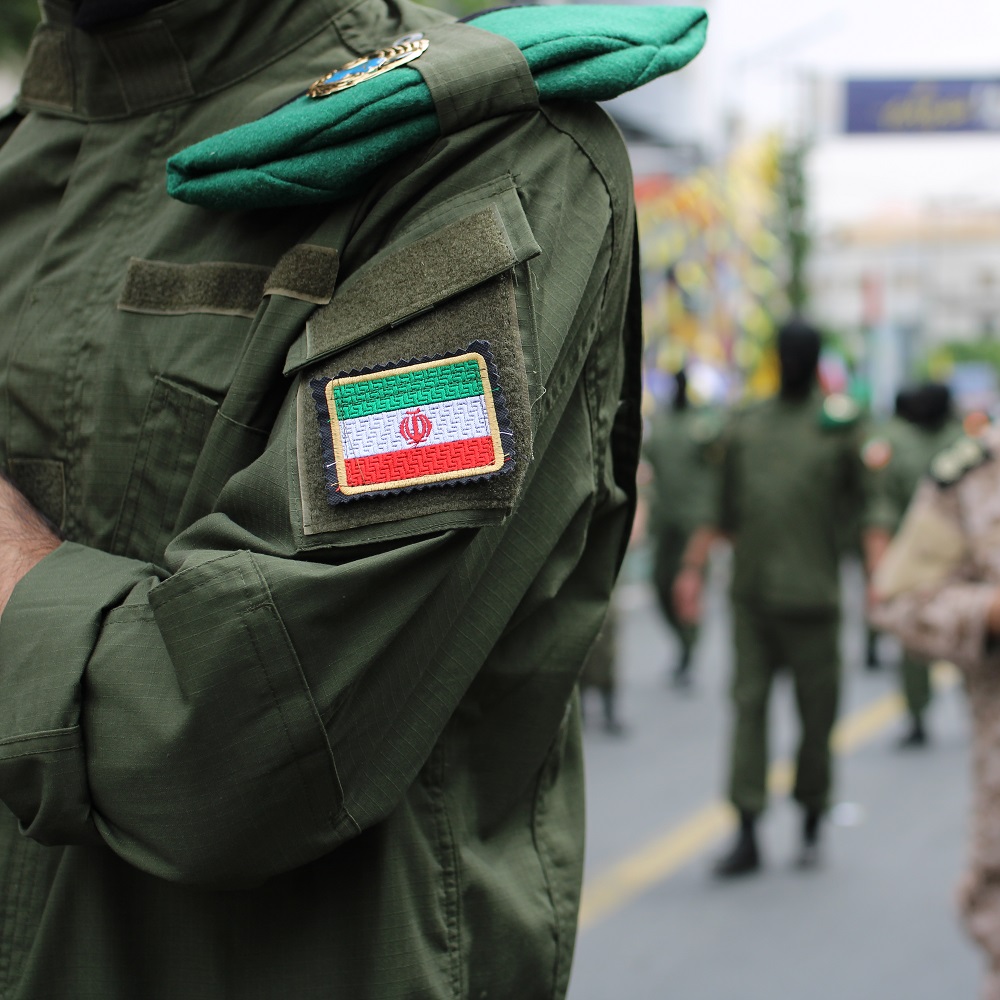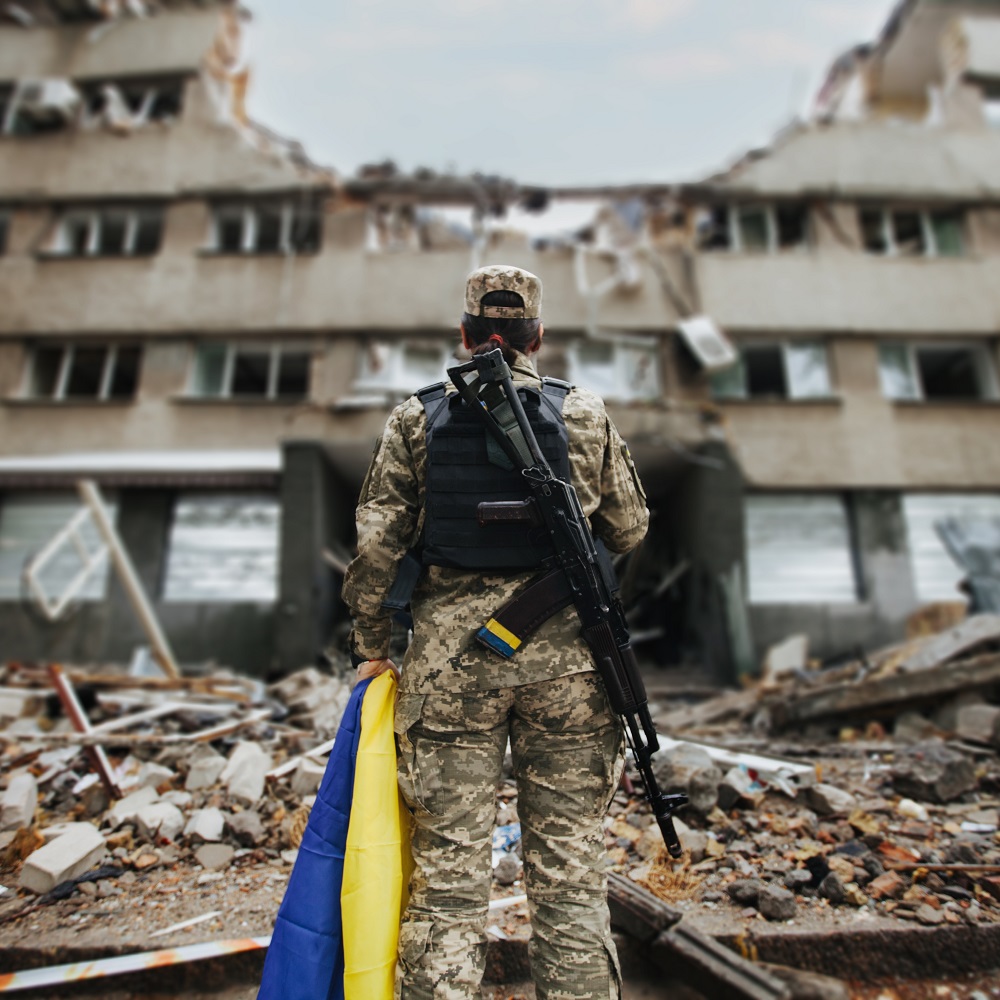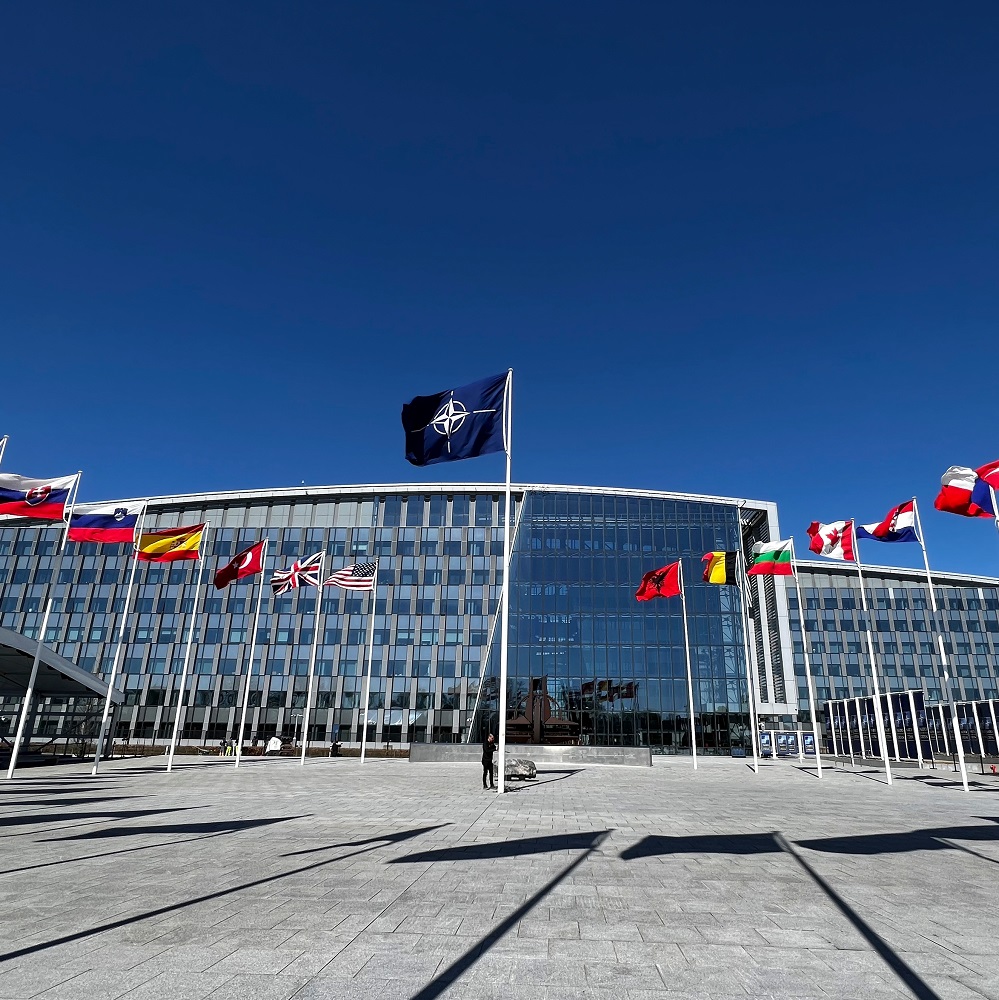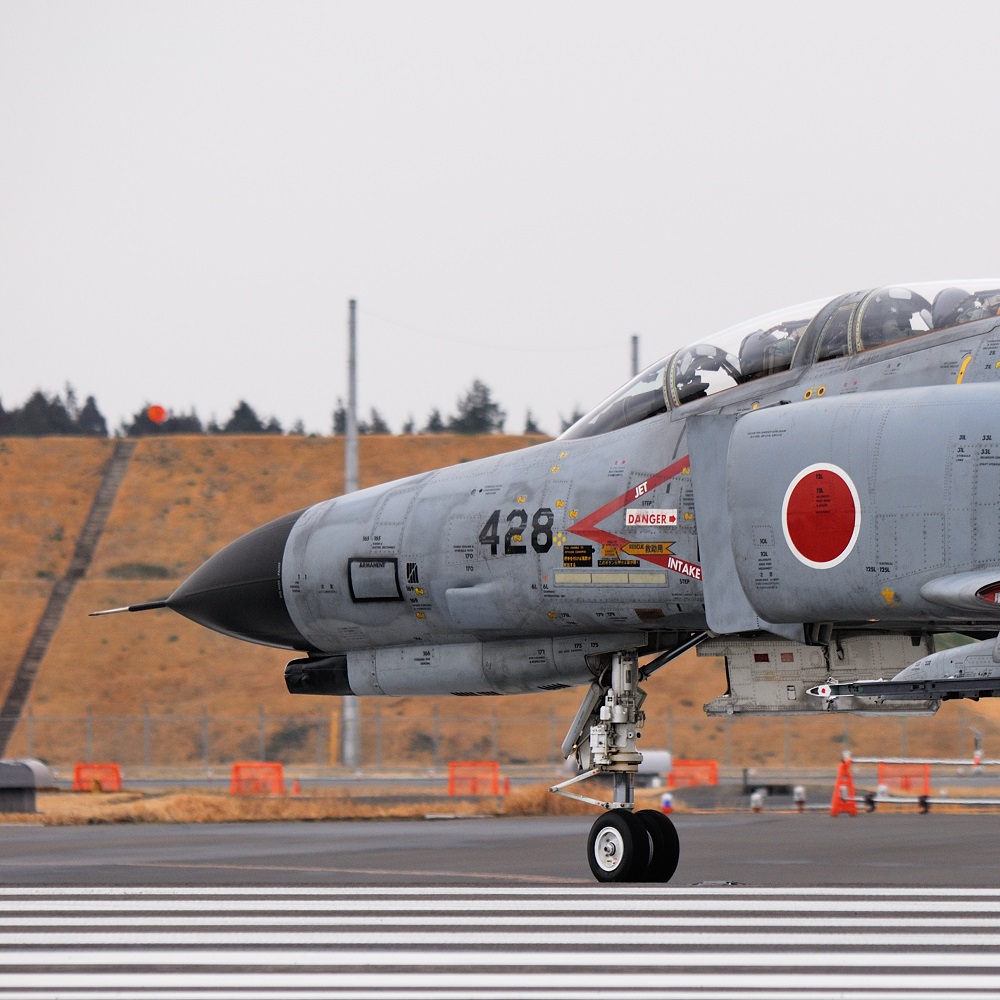
Japan’s Role in Shaping the Security Landscape of Southeast and East Asia
by Swati Arun
한국어로 읽기 Leer en español In Deutsch lesen Gap اقرأ بالعربية Lire en français Читать на русском Japan has embarked upon a transformative journey that signifies a departure from its conventional pacifist stance. Despite encountering pockets of domestic opposition, Japan’s vision of a free and open Indo-Pacific has received increasing support from neighbouring nations. Within a regional backdrop of countering China’s military modernisation and expansionism, Japan is now laying the groundwork for collective defence while working to institutionalise these efforts and ease concerns about remilitarisation. Japan has gradually undertaken various steps to enhance the role of self-defence forces and allow military partnerships. The three new requirements for exercising self-defence, adopted in 2014, expanded Japan’s right to self-defence in the “occurrence of an armed attack against Japan or another country with close ties to Japan”, a threat to national existence, with “no other means to ensure the survival of the country”, adding the use of “minimum amount of force necessary”. Japan broadened the definition of security to encompass any changes in its vicinity that may compromise its territorial integrity. Following these changes, on 16 Dec 2022, the Kishida administration formally approved three revised strategic documents – the National Security Strategy (NSS), the National Defense Strategy (NDS), and the Defense Buildup Program. These revisions reduced the limitations imposed on the Self Defense Forces and collective defence. Viewing these changes in today’s security conflict in East Asia, the first requirement effectively extended the parameters of self-defence to include Taiwan. In the NSS, Japan identified Taiwan as an “extremely important partner and a precious friend” while characterising China as “a matter of serious concern” and “the greatest strategic challenge.” The documents also designated North Korea as “a graver, more imminent threat” and Russia as “a serious security concern.” The documents revealed Japan’s acquisition of counterstrike capabilities, filling gaps in its defences, and broadening the second and third requirements for collective self-defence. Furthermore, Tokyo intends to upgrade the indigenous Type 12 surface-to-ship missile, with a range of approximately 200 km, to approximately 1,200 km, substantially increasing the cost of Chinese attacks in the region. In January 2024, Japan signed agreements with the US to acquire 400 Tomahawk cruise missiles, with a firing range of approximately 1,600 km. Reportedly, Japan aims to rectify its current ammunition reserves by constructing “70 ammunition depots within five years” and plans to construct up to 130 ammunition depots by 2035, drawing lessons from the conflict in Ukraine. Japan revised the Three Principles of Transfer of Defence Equipment and Technology overcoming the past restrictions on transfer of defence equipment and technology to other countries. These revisions marked the beginning of Japan’s evolving role as a security provider in the region. Together this amounts to the doubling of the defence spending from 1% to 2% of GDP by 2027 to speed up the advancement of Japan’s peacetime and immature military and bring it to NATO standards. The revisions are consistent with Japan’s understanding of its new security environment where Chinese assertions are reinforced by the largest naval force in Asia. The shift also underscores the limitation of the US power in the region to remain the sole security provider by enabling Japan to take a central role. Japanese people also resonated with the sentiments, as a poll conducted in 2022 revealed that 89% see China as a threat in 2022, and 49% of respondents supported an expanded role of Japan in the alliance while 46% were against it. In 2023, Japan’s Maritime Self-Defense Force conducted Indo-Pacific Deployment 2023 (IPD23) to “clearly demonstrate the intention that Japan will never tolerate unilateral changes to the status quo by force” as specified in NSS. The Japanese forces visited 17 countries and held 27 exercises with like-minded countries, highlighting Japan’s intention to expand security ties across the nations with territorial disputes in the South China Sea, and with the ASEAN. In the same year, Japan established a Permanent Joint Headquarters to oversee all three forces – the Ground, Maritime and Air Self-Defense Forces – to ensure effective joint operations. Acknowledging Japan’s growing ambition, in December 2023, Chinese President Xi Jinping instructed the coast guard to strengthen its activities to assert sovereignty over the East China islets. Japan has actively pursued collective defence in Southeast Asia with its introduction of “Official Security Assistance” in February 2023, under which the Philippines was the first to receive aid, followed by Malaysia. Japan also plans to include Vietnam, Indonesia, Thailand, Singapore, and Cambodia. These plans will allow Japan to establish a military-industrial complex, extending the nexus of partnership and interdependency between Japan and Southeast Asia. The changes when seen together with the U.S.-Japan Joint Leaders’ Statement mark a decisive shift in Japan’s strategy to counter China. In an upgrade to the US-Japan alliance, the two parties agreed to establish a unified Japanese-US command, enabling the US to make a headquarters in Japan for overseas military operations in the region. They also agreed upon the co-development and co-production of missiles and cutting-edge technologies in Japan, enhancing its defence industrial complex, and export to third parties. The statement noted Japan’s cooperation with AUKUS in its Pillar II advanced capability projects. The statement also relayed the “existential crisis” facing Japan making these efforts natural, conforming to Japan’s revisions to strategic policy documents. Previously, in 2022, Japan had announced a collaboration with the UK, and Italy to develop next-generation fighter jets and subsequently in March 2024, decided to authorise the export of jointly developed fighter jets to other nations. Cross-strait relations, once dealt with utmost precaution through the lens of the “One-China Policy” have now shifted to a more openly debated foreign and strategic policy surrounding Taiwan. Since 2021, Japanese leaders have made a series of statements and comments concerning Taiwan and the Taiwan Strait. In May 2022 a statement from US-Japan Summit reiterated that “peace and stability across the Taiwan Strait as an indispensable element in security”. In a January 2024 speech, former PM Aso Taro also reiterated that the Taiwan crisis constitutes “a threat of national existence” for Japan. China reacted to former US Speaker Nancy Pelosi’s visit to Taiwan in August 2022 with large-scale military exercises around the island. Four months later in December 2022, Japan released three new strategic documents. Taiwan’s importance to Japan’s security was cited seven times in NSS and NDS. Furthermore, Japan intends to enhance the defence of all of its 6,852 islands, focusing on the Ryukyu Island chains, the cornerstone of Japan’s defence against China, lying only 100 Km from Taiwan, which also tightens security around the island. The deployment of a surface-to-air guided missile unit is now under consideration on Yomaguni, home to a JSDF surveillance station adding to Japan’s understanding of Taiwan’s security tied closely to its own. China’s preferred military scenario of a “lightning war”, or a surprise attack to take over Taiwan within weeks or days, has increased the level of urgency and acted as a precursor for the military acceleration of the past several years. The history of Japanese aggression in East Asia and Chinese military support for North Korea diluted the possibility of a regional framework between Japan, South Korea and China. However, through years of efforts in August 2023, a rapprochement was reached between Japan and South Korea when they met at Camp David for a trilateral summit between US-Japan-South Korea. The trilateral took the first step in removing historical obstacles and proving trust in Japan’s new regional role. South Korea has remained averse to participating in major power competitions, but this trilateral institutionalised the effort, guarding the progress against changes in the political situation in either country. For South Korea, North Korea remains its primary security concern. For Japan, the North remains the second most crucial threat with its launch of an intermediate-range ballistic missile in the Sea of Japan in 2022, provoking cooperation on the same despite fractures. Through the joint statement of the trilateral summit, the US got support from South Korea in recognising the perils of not maintaining peace and security in the Taiwan Strait. South Korea got a much-needed boost in intelligence sharing on North Korea’s missile launches and cyber activities which will strengthen ballistic missile defence cooperation. However, it is unlikely that South Korea will endanger its security by interfering in a cross-strait crisis. It will still play a critical role in keeping North Korea at bay in the event of an armed conflict in the Taiwan Strait or East China Sea. Nevertheless, Taiwan thanked the support shown through the trilateral, while China warned against destabilising the region. Japan stands as one of the Philippines’ most trusted partners, second only to the US. Ties have grown deeper as the two have signed a series of agreements from Military and Capacity Building to Maritime Security and Intelligence Sharing in the Indo-Pacific. In 2023, under Japan’s Official Security Assistance, the Philippines received USD 4 million worth of coastal surveillance radars. The two parties are discussing signing a Reciprocal Access Agreement before the end of 2024. An April 2024 joint statement between Japan, the Philippines and the US prioritised advancing “multilateral maritime domain awareness cooperation”, and developing “an information communications technology ecosystem”. It also committed to trilateral defence cooperation and support for the Philippines’ defence modernisation priorities. The statement noted concerns about China’s aggressive behaviour, its “coercive use of Coast Guard and maritime militia vessels in the South China Sea”, conjoining it with the situation in the East China Sea. It also reiterated the importance of the Taiwan Strait in global security. Under this framework, reliance and trust in Japan have increased, setting it up for a larger security role and the collectivisation of security has brought new assurances for the smaller powers of the region. The Taiwanese President thanked the trilateral joint statement supporting peace and stability across the Taiwan Strait. China, however, slammed the anti-China gathering, accusing it of forming a NATO analogue in the region. China summoned Japanese and Philippine diplomats, expressing dissatisfaction and urging Japan to “take actions beneficial to regional peace”. Beyond South Korea and the Philippines, Japan has also maintained long military and diplomatic relations with Vietnam, having had 10 defence dialogues in the past. Furthermore, Vietnamese President Vo Van Thuong and Japanese Prime Minister Fumio Kishida announced the Vietnam-Japan Comprehensive Strategic Partnership on 27 November 2023. According to their joint statement, Kishida and Thuong reinforced the vision of a “free and open Indo-Pacific”. The US also upgraded its ties with Vietnam in September 2023. These developments led to President Xi Jinping’s visit to Vietnam in December 2023, culminating into an agreement to establish a hotline between the Chinese People’s Liberation Army’s Southern Theatre Command and the Vietnamese navy. But mistrust towards China runs deep in the Vietnamese public, which is furthered when China continues to lay new claims in Vietnamese waters. While Vietnam remains reluctant to participate in US-China conflict, its closeness with Japan is a sign that the latter is seen as a reliable regional partner with similar territorial problems. In a wider regional sense, Japan views ASEAN as its key partner in fulfilling the Indo-Pacific vision. The ASEAN centrality resonates in both the Indo-Pacific Strategy and the US-Japan-South Korea trilateral. Japan maintained close ties with the region through robust economic and defence cooperation. But the latter has gained momentum in the past few years. Beginning with the Philippines in 2016, Japan forged bilateral agreements for defence equipment and technology collaboration with multiple ASEAN nations (with Malaysia in 2018, Indonesia and Vietnam in 2021, and Thailand in 2022). In February 2023, the “Expert Panel for the 50th Year of ASEAN-Japan Friendship and Cooperation” issued a report emphasising that ASEAN has evolved from being primarily an aid recipient from Japan to a growing and influential partner. In December 2023, the ASEAN and Japan summit released a joint statement, committing to “strengthening security cooperation including maritime security” in the light of growing threats in the South China Sea. The statement highlighted the trust ASEAN has in Japan amid China’s growing claims in the South China Sea. This reflects a growing realisation among ASEAN members that collective defence is the answer to their security challenge – which China reacted negatively to. In the face of a major power conflict, the trust of Southeast Asian countries in Japan’s security guarantee has been increasing. A poll conducted in 2022 reflected these sentiments when 43.1% of Taiwanese confirmed their belief that Japan would defend Taiwan in the event of an invasion from China, while 42.8% of citizens felt that the US would be a security guarantor to Taiwan. Surveys undertaken in 2023 and 2024 substantiate the increasing affinity between ASEAN and Japan. While China surpassed the US as the preferred partner for ASEAN, Japan remained the most trusted partner, with 58.9% of respondents expressing faith in the country, surpassing levels for the US, China, India, and the European Union. This suggests that ASEAN is gradually transitioning its geopolitical alignment towards Japan as (at least part of) a viable alternative, rather than seeing things as a binary choice between China and the US. The predominant theme in the understanding of the current security environment in Southeast and East Asia is that, while US assistance and reliance on its security guarantee in the region are essential to counter the so-called China threat, the defence of the maritime nations ultimately rests with those nations themselves. This sentiment has served as a catalyst to address gaps in individual countries’ defence preparedness and work towards a collective approach to protect against potential changes in US strategy – which has evolved into one of enabling regional stakeholders by providing technology, skills, and assistance, while maintaining dominance through other platforms. This has necessitated a collective defence posture where a more interconnected network, involving Japan, can be more resistant to isolation and coercion.









